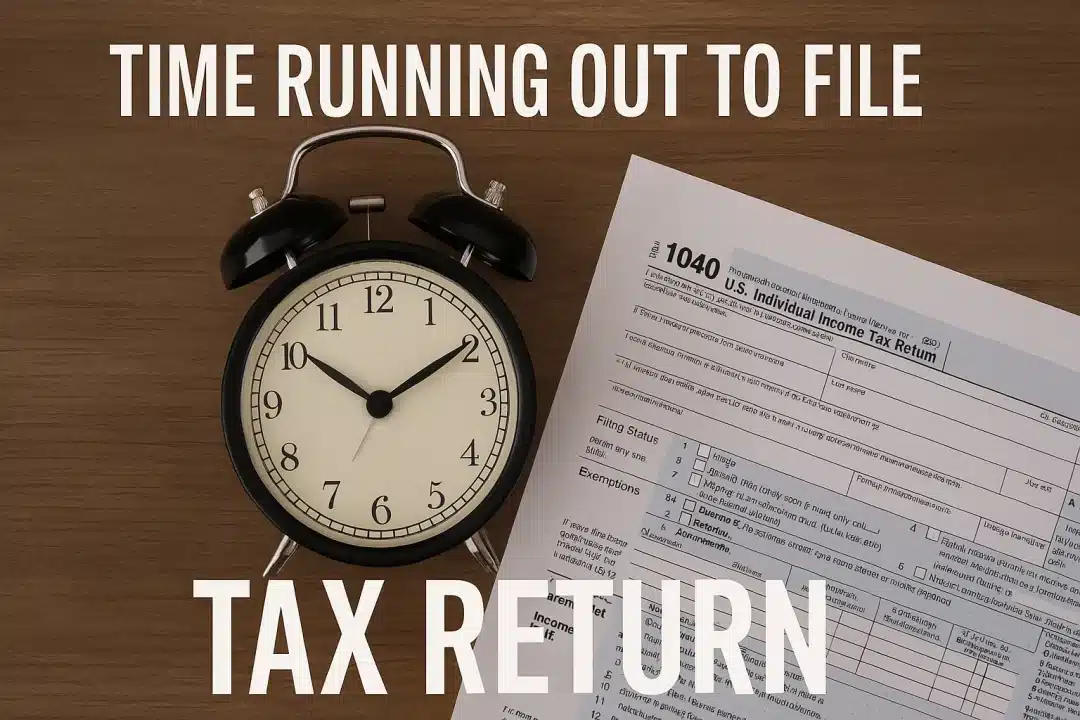
As the April 15 deadline looms, taxpayers across the United States are facing the annual rush to file their federal income tax returns. While the IRS has streamlined many processes in recent years, the reality is that millions of Americans still wait until the final weeks—or even days—to get their documents in order.
But filing your taxes doesn’t have to be a frantic, last-minute affair. With a bit of preparation and a few expert tips, you can file your return accurately and on time, potentially avoiding penalties, interest, and unnecessary stress.
Here are key steps and insider tips to help you file your tax return before the April 15 deadline:
1. Gather All Necessary Documents Early
Before diving into tax preparation, collect all your relevant documents. These typically include:
- W-2s from employers
- 1099 forms for freelance income, dividends, and bank interest
- Form 1098 for mortgage interest
- Form 1095 for health insurance coverage
- Receipts for deductible expenses (charitable donations, medical costs, business expenses)
- Last year’s tax return, for reference
Many people hit a wall in early April when they realize they’re missing a critical form. Stay ahead by checking your mail, email, and any online accounts where these documents may be posted.
2. Use IRS Free File (If You Qualify)
If your adjusted gross income (AGI) was $79,000 or less in 2023, you qualify for the IRS Free File program. This online platform allows you to file federal taxes at no cost using brand-name software partners.
Even if your income is higher, the IRS offers Free File Fillable Forms, a digital version of paper forms for more experienced filers.
3. Consider E-Filing for Speed and Accuracy
The IRS strongly encourages taxpayers to e-file their returns. E-filing:
- Reduces errors through automated calculations
- Offers faster confirmation of receipt
- Speeds up refunds, especially when paired with direct deposit
In fact, the IRS says most refunds from e-filed returns are issued within 21 days—often sooner.
4. Don’t Overlook Deductions and Credits
Many taxpayers miss out on money-saving opportunities. Common deductions and credits include:
- Earned Income Tax Credit (EITC) for low- to moderate-income workers
- Child Tax Credit and Dependent Care Credit
- Education credits like the American Opportunity Tax Credit (AOTC)
- Student loan interest and IRA contributions
If you’re unsure what you qualify for, use reputable tax software or consult a licensed tax professional.
5. Double-Check Your Information
One of the most common causes of delayed refunds or rejected returns? Typos.
Before submitting, carefully review:
- Social Security numbers
- Bank account and routing numbers
- Filing status
- Name spellings (must match what’s on your Social Security card)
An error that seems minor can delay your return by weeks.
6. File for an Extension—But Know What It Means
Can’t make the April 15 deadline? You can file for a six-month extension using Form 4868, which gives you until October 15 to submit your full return.
However, this extension only applies to filing, not paying. If you owe taxes, you must estimate and pay what you owe by April 15 to avoid penalties and interest.
7. Watch Out for Scams
Tax season is prime time for fraudsters. The IRS will never call, text, or email you out of the blue demanding payment or personal information.
If you get a suspicious message, ignore it. You can report scams at IRS.gov.
8. Track Your Refund
Once you’ve filed, keep tabs on your return using the “Where’s My Refund?” tool at IRS.gov or via the IRS2Go mobile app. You’ll need your Social Security number, filing status, and refund amount.
This tool updates once per day, typically overnight.
9. Review State Filing Requirements
Don’t forget about state income taxes. Most states have the same filing deadline as the IRS, but check your state’s tax agency website to confirm.
Some states require separate forms, and others piggyback on your federal return—knowing the difference is key.
10. Plan Ahead for Next Year
The best time to start preparing for next tax season? Right after you finish this one.
Consider adjusting your withholding using Form W-4 to avoid a surprise tax bill. If you’re self-employed, begin setting aside money each quarter and explore making estimated payments.
Also, keep a dedicated folder—digital or physical—for this year’s receipts and documents. Staying organized throughout the year makes tax time a breeze.
Final Word
Whether you’re a seasoned filer or submitting your return for the first time, the key to a smooth tax season is early action and attention to detail. Filing before the April 15 deadline doesn’t just save you money and hassle—it gives you peace of mind.
Don’t wait until the last minute. Gather your documents, review your eligibility for deductions, and file electronically for the quickest refund. And if you need more time, file for an extension—but be sure to pay what you owe now.
With the right steps, tax season can be less of a headache—and maybe even a little rewarding.
